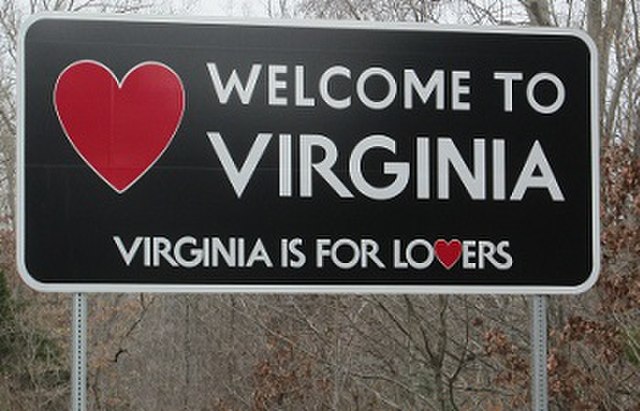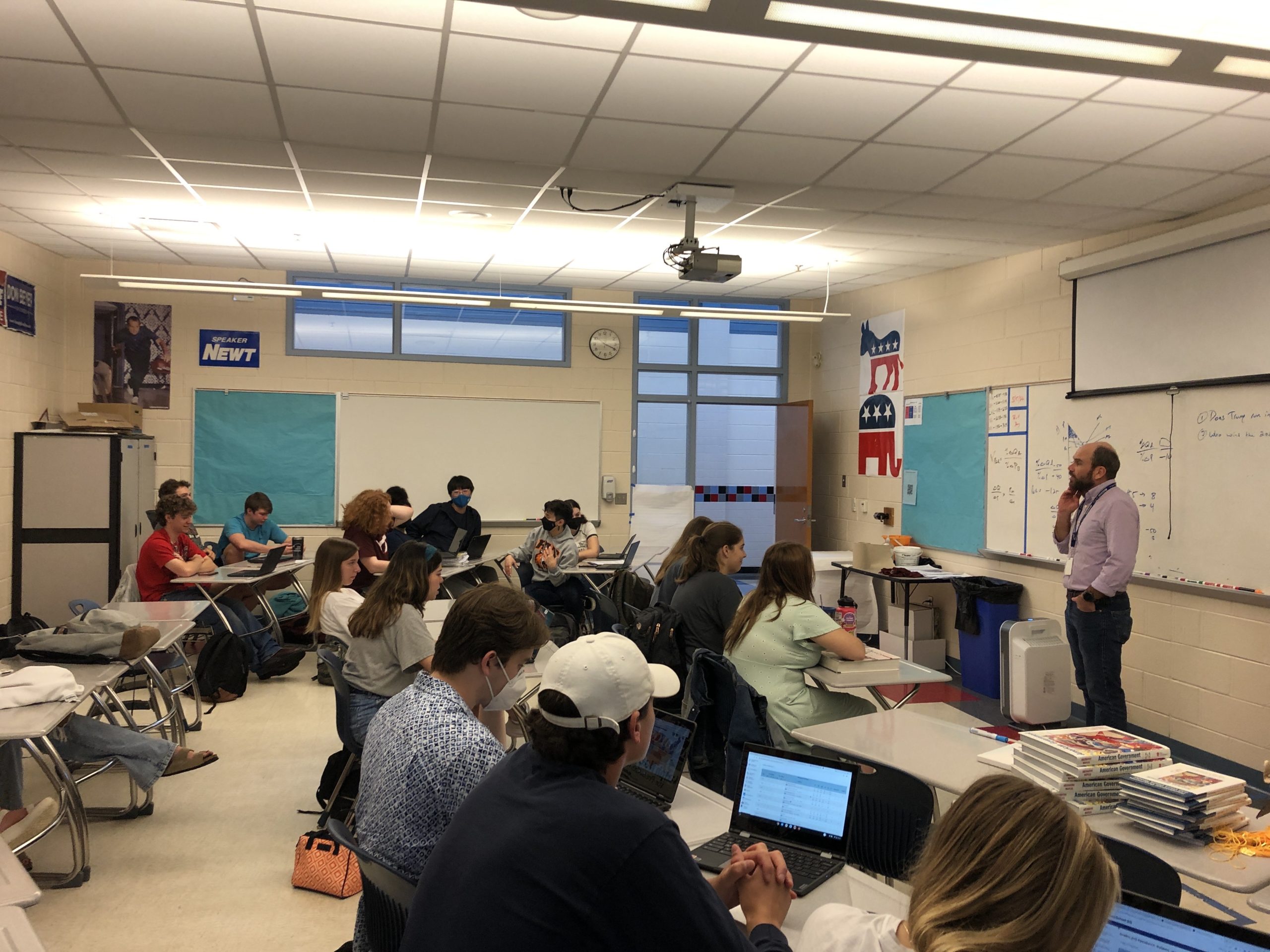Ethan Gotsch
Editor
In 1950, the northern cardinal (Cardinalis cardinalis) was established as the state bird of Virginia. With its vivid red color and tufted head, the cardinal is instantly recognizable and it is easy to see why Virginia would pick a bird that stands out among other garden-variety fowl. Since its establishment, the cardinal has become a beloved figure not only for its stunning plumage but also as a symbol of Virginia state pride. So if all of this is true, why should Virginia change its state bird?

The first and foremost justification for this change is that Virginia is one of many states to choose the cardinal as its official bird. Representing seven states — Illinois, Indiana, Kentucky, North Carolina, Ohio, West Virginia, and this newspaper’s home state of Virginia — the northern cardinal is the most popular state bird in the country. Another reason to change the state bird is that the cardinal is commonly found throughout the East Coast and Midwest. Given this commonwealth’s rich history as the site of the first permanent English settlement in America, the Virginia state bird should be more specifically representative of the state and/or be located mainly around Virginia.
In April 2021, James Dalzell Hodge, a digital artist from Florida with the YouTube account Jam2go, released a video titled “The State Birds are Garbage,” which discusses some of the baffling choices made for state birds across the 50 states (click here to watch the video). While there are some states with fitting official birds — the brown pelican for Louisiana, the Baltimore oriole for Maryland, and the greater roadrunner for New Mexico, among others — many states went for generic and non-representative choices, and 31 states share the same bird with at least one other state. Hodge’s video goes into even more detail on the history of state birds and possible changes to some of the least original bird choices, but the video does not mention Virginia, indicating a clear need for further investigation.
While it is obvious that the northern cardinal is simply inadequate when it comes to representing the Old Dominion, the real question is, what should Virginia choose as its new state bird? The first factor to consider is the environment of Virginia. Being located in the mid-Atlantic region, Virginia acts as a southern border for birds from the northern U.S., as well as a northern boundary for birds of the South. The commonwealth also has a vast array of ecosystems within its territory. The Chesapeake Bay on the East and the Blue Ridge Mountains in the West are two major geographic regions with entirely different birds inhabiting them. Thus, a wide variety of fowl occupies the state.

In addition to the varied biomes found in Virginia, the Old Dominion has a surprisingly rich history of ornithology. Notable Virginian and third President of the United States Thomas Jefferson was an avid ornithologist. In the 1780s, Jefferson released the book Notes on the State of Virginia, in which he not only defended his positions on issues such as separation of church and state and slavery, but also included a guide of 125 bird species found in the state, which is likely the first published guide to birds in the history of the United States.
So, with all of this in mind, what would be the best bird for the state of Virginia? Given the lack of birds unique to the region, no species is an outstanding fit. However, after considering a variety of environmental and historical factors, the best candidate to replace the cardinal for the title of state bird is none other than the great horned owl. Some readers may be wondering why this would be the best choice since great horned owls are not particularly tied to Virginia and are found all over the country. While that is true, the best piece of evidence in favor of this famous owl is its often overlooked Latin name: Bubo virginianus. According to the Cornell Lab of Ornithology, the Latin name was selected because the species was first discovered and documented in the Virginia colony by European researchers in the 18th century. This bird was also recorded in Jefferson’s aforementioned field guide to Virginia birds. The great horned owl would be the only owl state bird, which makes for a unique choice in an endless field of cardinals, robins, and mockingbirds. As one of the most important states in American history, Virginia deserves to be represented by such an iconic bird.

Now that a suitable replacement has been chosen, what can Virginians do to take action and change the state bird? Believe it or not, high school students may be in a position of power to make the change. A large portion of state birds were initially chosen through votes in schools across the state, so if anyone were to change the bird, it would have to be the same institution that made the original decision. So while there are admittedly far more important issues within the state and the country to give attention to, a great state bird can be a unifying symbol and serve as a reminder that no matter one’s race, ethnicity, gender, and beliefs, we are all ultimately Virginians.
Hoo’s in?
Featured photo credit: Drnette






